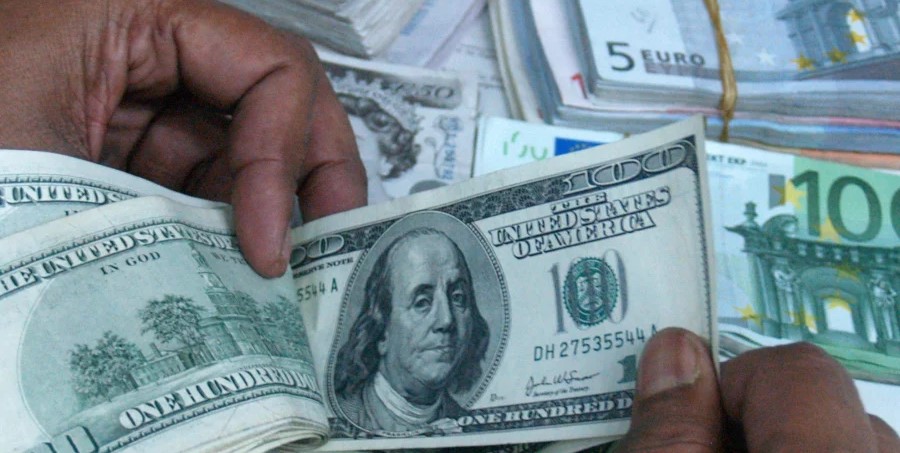(3 Minutes Read)
The US dollar is still considered the DRC’s main commercial currency — while wages continue to be paid in the national currency. Most of the country’s goods are imported, and the war in Ukraine has caused the price of wheat, oil, and other commodities to spike
Democratic Republic of Congo has mandated a de-dollarization plan wherein the Central Bank of Congo (BCC) that all Electronic Payment Terminals (EPTs) accept only Congolese francs. This, the BCC believes will reduce the use of dollars and increase the transactions through the local currency.
This initiative is part of a series of major reforms launched by Nicolas Kazadi, the former Minister of Finance, aimed at combating the dollarization of the economy and promoting financial inclusion. Currently, only 13% of EPTs accept Congolese francs. The BCC’s new policy supports previous measures requiring prices and state payments to be in the national currency.
Additionally, a “switch monétique” initiative will integrate all bank cards to streamline transactions, regardless of the issuing bank. This policy aims to make dollar transactions more costly than those in francs, encouraging businesses and individuals to use the national currency. Experts stress that while these measures are positive, ensuring the franc’s stability is crucial for long-term success in de-dollarizing the economy.
In recent months, the DRC’s local currency, the Franc Congolais, or Congolese franc (CDF), has been heavily devalued. A year ago, the CDF was trading at around 2,000 to the dollar — now it is trading at around 2,700. The country’s economy was informally “dollarized” in 1994, when the DRC was known as Zaire and run by autocrat Mobutu Sese Seko. Inflation had reached an all-time high of 24,000% leading to the collapse of the economy.
The US dollar is still considered the DRC’s main commercial currency — while wages continue to be paid in the national currency. Most of the country’s goods are imported, and the war in Ukraine has caused the price of wheat, oil, and other commodities to spike. Some 62% of Congo’s population — or 60 million people — live on less than US$2.15 a day. To import goods, the Congolese have to obtain dollars, and so the law of supply and demand justifies the Congolese franc losing its value.
Read Also:
https://trendsnafrica.com/drc-lifts-suspension-on-chinese-owned-mines/
To stabilize its currency, the Central Bank of Congo has injected US$150 million into the country’s commercial banks recently to stabilize the dollar prices and its parity with the local currency.





